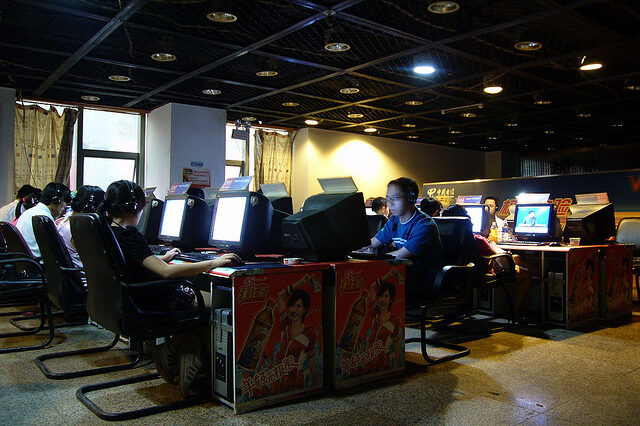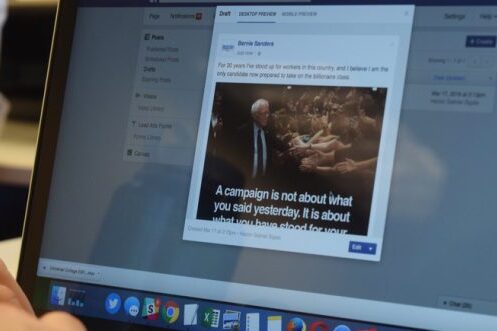Tag: media
News
- Articles from Policy & Internet
- Books
- Call for Papers
- Child Safety
- Collective Action
- Conferences
- Democracy
- Development
- Economics
- Education
- Environment
- Ethics
- Governance & Security
- Health
- Interviews
- Mapping
- Methods
- Policy
- Politics & Government
- Publications
- Social Data Science
- Submissions Closed
- Tools
- Video
- Wellbeing
-

Does Twitter now set the news agenda?
Matthew A. Shapiro and Libby Hemphill examine the extent to which he traditional media is…
-

Will China’s new national search engine, ChinaSo, fare better than “The Little Search Engine that Couldn’t”?
—
Branded explicitly as “China Search: Authoritative National Search,” ChinaSo reinforces a sense of national identity.…
-

How easy is it to research the Chinese web?
—
The research expectations seem to be that control and intervention by Beijing will be most…



